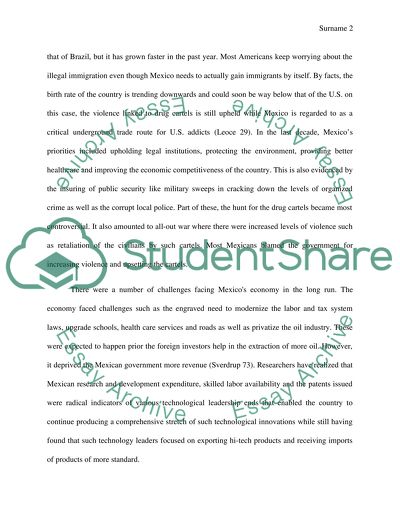Cite this document
(“International Economics - Mexico Essay Example | Topics and Well Written Essays - 3000 words”, n.d.)
International Economics - Mexico Essay Example | Topics and Well Written Essays - 3000 words. Retrieved from https://studentshare.org/macro-microeconomics/1493964-international-economics-mexico
International Economics - Mexico Essay Example | Topics and Well Written Essays - 3000 words. Retrieved from https://studentshare.org/macro-microeconomics/1493964-international-economics-mexico
(International Economics - Mexico Essay Example | Topics and Well Written Essays - 3000 Words)
International Economics - Mexico Essay Example | Topics and Well Written Essays - 3000 Words. https://studentshare.org/macro-microeconomics/1493964-international-economics-mexico.
International Economics - Mexico Essay Example | Topics and Well Written Essays - 3000 Words. https://studentshare.org/macro-microeconomics/1493964-international-economics-mexico.
“International Economics - Mexico Essay Example | Topics and Well Written Essays - 3000 Words”, n.d. https://studentshare.org/macro-microeconomics/1493964-international-economics-mexico.


